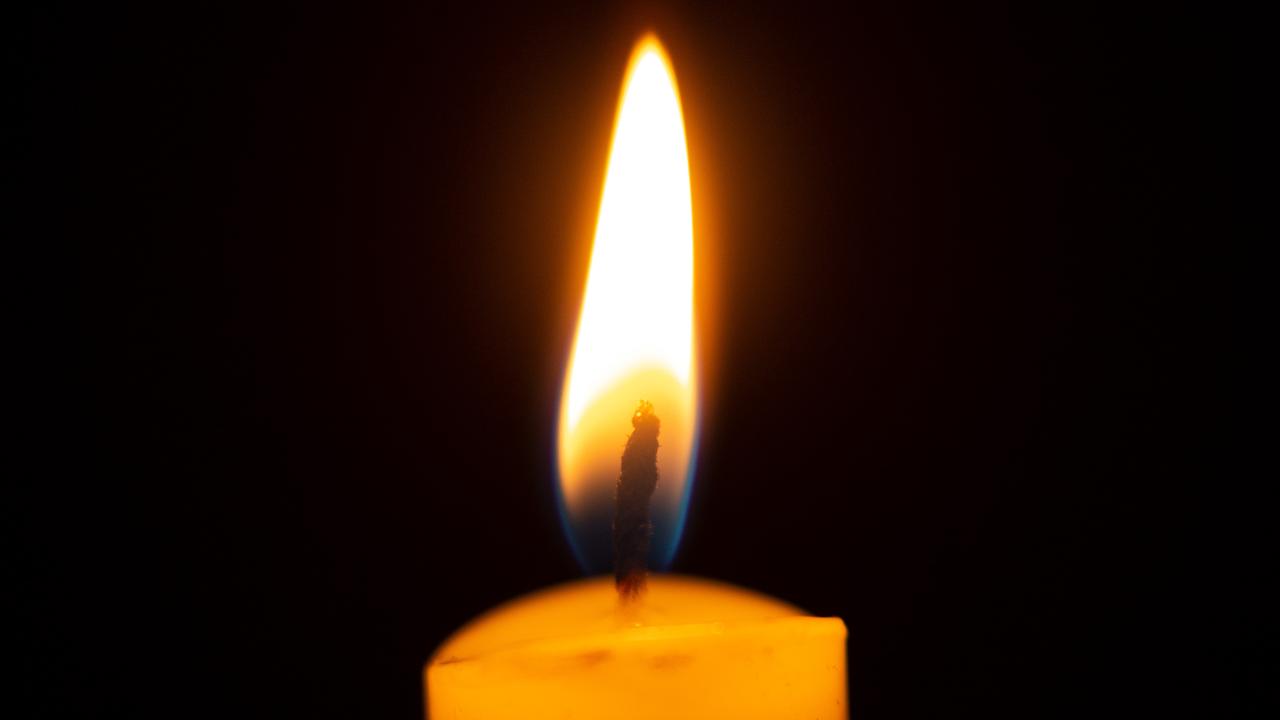World War I digger George Mitchell’s family delves into his memoirs of fighting Turks, dysentery and the fear of dying
AS GEORGE Mitchell lay bleeding on the hard No Man’s Land of Gallipoli, he thought he was a dead man.

ANZAC Centenary
Don't miss out on the headlines from ANZAC Centenary. Followed categories will be added to My News.
AS GEORGE Mitchell lay bleeding on the hard No Man’s Land of Gallipoli, he thought he was a dead man.
“My left forearm was badly smashed,” Mitchell wrote in his memoirs.
“The flesh was torn away and I could see bits of broken bone sticking out.
“My whole body was so numbed – it felt as if I had been struck with a large rubber sledge hammer.”
As he lay on the ground, he realised he was on his own. It was then he said he knew fear.
As he heard shell bursts all around him, he knew he had to get back to safety.
“So I got up on my knees, holding my shattered arm with my right hand … then I started to walk back as I hoped to safety.”

As he got closer to safety, a sniper struck.
“A sniper put a bullet through my buttock, so I took a header into a spider hole, hoping my mate would catch me,” Mitchell wrote.
“It all happened too quick for him (and) I hit bottom head first.”
Mitchell had been in a party of 20 men sent over the top to divert the Turks’ attention from an Australian attack along the line in July, 1915.
They were trading shots with the Turks when Mitchell was hit. He survived his wounds and eventually returned to Australia.
His memoirs are treasured by his family, including granddaughter Irene Witcher of Ingle Farm.
“We’re proud of our old diggers and I think that they didn’t get the recognition they deserved,” she said.
Mitchell enlisted in 1914 and after training in Egypt, he sailed to Gallipoli, at age 19, as part of the first reinforcements for the 12th Infantry Battalion, which stormed ashore at Gallipoli in the early hours of the battle.
“We went ashore at Hell Spit, going up Schrappnell (sic) Green (and) Tasmania Post and the Pimple,” he wrote in his memoir.
“We were told to ‘dig, dig, dig for your lives’ so we did, 24 hours a day, two hours on and four hours off, non-stop until we made it secure from snipers and gun fire, as the enemy held all the high positions and could fire down on us.
“On those early days of my stay we would have to go on water fatigue, which meant coming down to the beach through Shrapnel Green, each carrying two jerry cans, holding two gallons of water when full.
“We would walk single file, four paces apart, for the simple reason we would be put under less shell fire from the enemy guns.
“Many a soldier was either wounded or lost his life when on water fatigue.”
And to make matters worse, the soldiers also had to battle dysentery, typhoid, rats and lice.
“Our underwear never came off our back, consequently we became very filthy with body lice.
“Water was also very scarce. We never had enough to drink, let alone wash our hands even.
“Dysentery was very bad among the boys.
“Flies were in the droves. They brought the disease from all those mortifying bodies laying out on no man’s land.”
Mitchell was deemed unfit for further service and arrived back in Adelaide on March 2, 1916.
Mrs Witcher said her grandfather spoke little about the war when she was younger but was happy to show them his war wounds.
“He had battle scars and he used to amuse us by making the scar move up and down,” she said.
Mitchell returned to Gallipoli in 1990 as part of an Australian contingent to mark the 75th anniversary of the landing. He died in Largs North in 1993, aged 97.
THIS story is part of Messenger’s 100 Years, 100 Days, 100 Stories project, which will profile 100 South Australian World War I heroes as the nation builds up to the centenary of the Allied landing on Gallipoli on April 25, 1915. If you have the details and war record of a family member who served during World War I, let us know. Please go to your local Messenger’s Facebook page and send us the details.



